Common Marasmius oreades is a kind mushroom that is very common in Eastern Europe. Marasmius oreades has a cap, which is bell- like when young and a more mature look is developed when the cap has developed a wide arch with flat hump in the middle.
The diameter of the small mushroom reaches between 2 and 6 cm and the rim of the hat at the beginning is tucked in, but later even curls up. Marasmius oreades’ skin is smooth and naked, wrinkled in drying, and sometimes can even crack. The flesh of the mushroom is very thin and wiry, white or pale yellow. The taste is very nice and smells like almonds. In the beginning, Marasmius oreades is ocher-brown, but later fades to an ocher color.
It is important to note that the color varies according to humidity. In dry conditions, the color is paler, regardless of the age of the mushroom. In the presence of moisture, it darkens to pale.
Marasmius oreades is found in Europe and North America, but is a highly prized edible mushroom everywhere. It is found mainly in grass pastures, lawns, gardens and fields. They say it is easily recognizable and also grows each year in the same place /as long as there is sufficient moisture/. Moreover, it grows in large groups, rarely alone. Sometimes a group of Marasmius oreades expands as it forms a. "Fairy circle". Marasmius oreades grow from April to October.
Ordinary Marasmius oreades have plates that are scattered, free from the stalk, broad, thick and pale. Slides are lighter than the cap, they alternate shorter with longer versions. Spores are ovoid with tips, smooth and colorless. Spore powder is white. Stalks are thick and cylindrical, and in old specimens, they are fibrous and hollow - not for consumption.
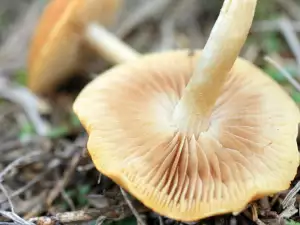
Selection and storage of Marasmius oreades
Marasmius oreades are tasty mushrooms that can be found in markets and shops. Choose good-looking mushrooms that have a nice flavor and no signs of deterioration. The mushrooms are not permanent food, so possibly cook them immediately after purchase. However, if necessary, store them in the fridge. Marasmius oreades can be dried.
Marasmius oreades in Cooking
Marasmius oreades is a very good edible mushroom. Before this, cook it clean and wash it well. The mushroom is suitable for marinating, cooking oil or in combination with meat and vegetables.
Among its relatives, Marasmius oreades features mostly with its fine taste. Mushrooms are heavy dish, but Marasmius oreades rank in the lightweight division in this regard. This makes it a good choice for soups. The easiest way for this soup is a combination of Marasmius oreades and potatoes, butter and spices like pepper, salt, onion, even a pinch of lovage. Optionally, put this in a noodle soup. Besides easy, this soup is very tasty.
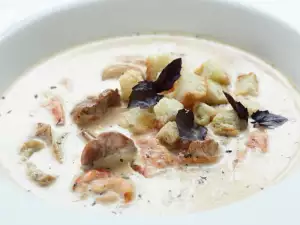
Marasmius oreades are suitable for steaming or frying. Stir-fry it with butter - the preferred oil for all types of mushrooms. Marasmius oreades is a mushroom that does not require much alteration, and the best news is that it can be consumed in larger quantities.
Dangers of Marasmius oreades
Marasmius oreades have two very poisonous doppelgangers - Clitocybe dealbata and Clitocybe rivulosa. Both are highly poisonous, which only confirms the fact that the harvest of Marasmius oreades is not safe and any appearance of mushrooms is extremely dangerous. Clitocybe dealbata is relatively paler while Clitocybe rivulosa is brown.
Slides in both are fused with the stem and going down along it. Their hoods are recessed in the center - where the edible Marasmius oreades bud is. However, these differences can not be seen by inexperienced mushroomers, which poses very serious health risks. The danger of consuming poisonous mushrooms hides in the late onset of symptoms and the ongoing during this time serious injuries. Therefore, at the smallest suspicion of irregularity consult a doctor to avoid any serious consequences.
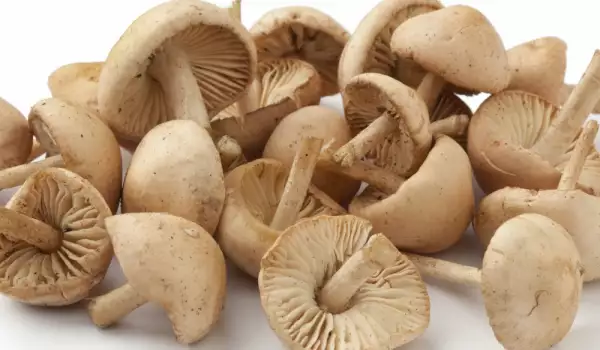
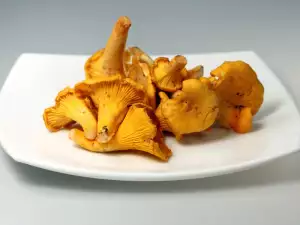
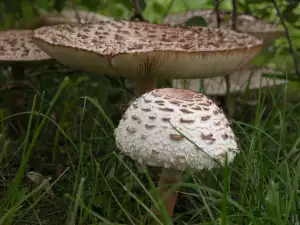
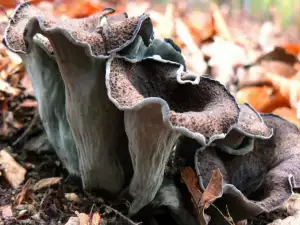
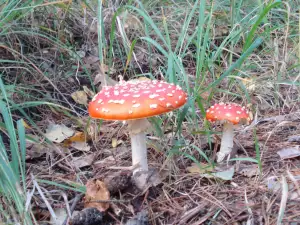
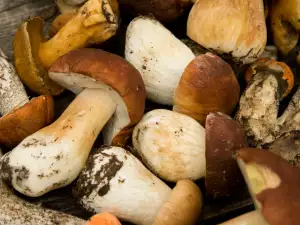
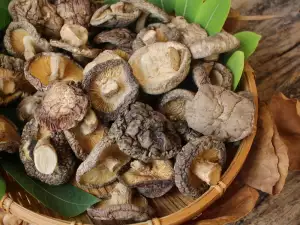

Comments